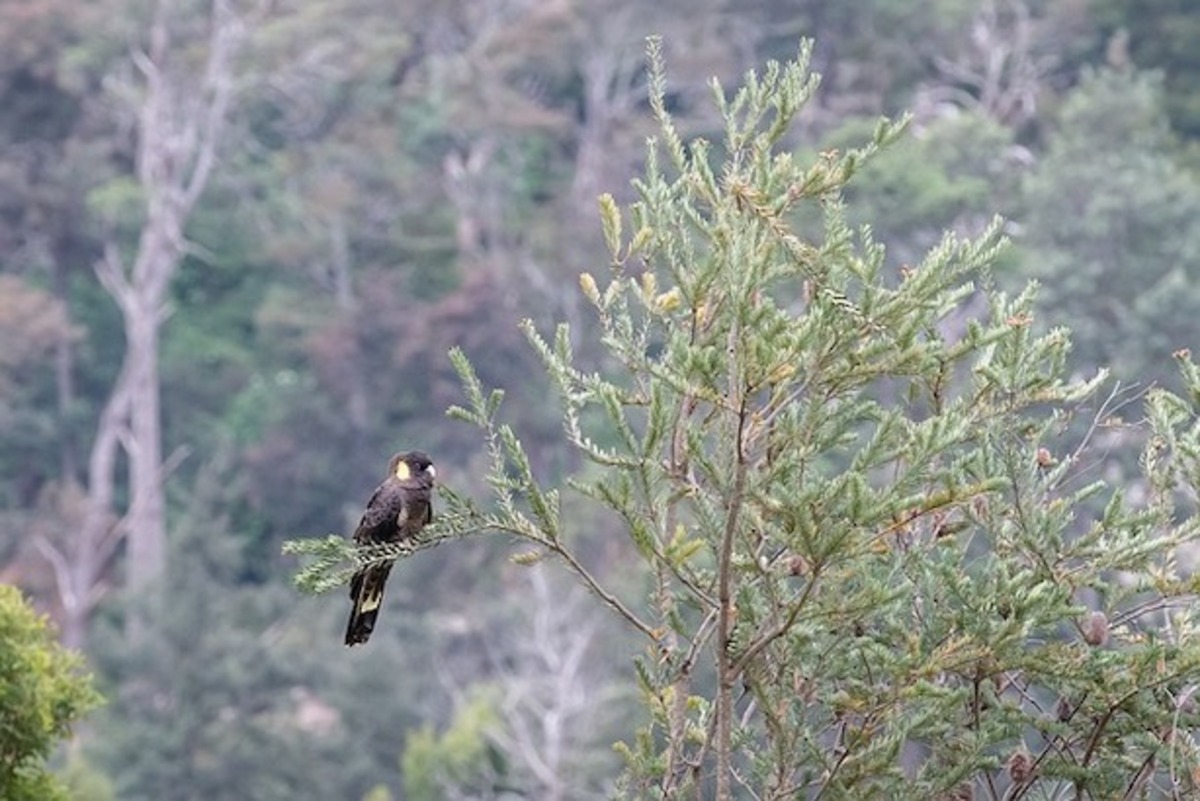Restoring native habitat to 'ReBird The Ranges'
Staff Reporters
14 February 2025, 9:49 PM
 The yellow-tailed black cockatoo is just one of region's threatened birds.
The yellow-tailed black cockatoo is just one of region's threatened birds.Conservationists, researchers and government have come together to launch a bold new plan to save threatened native bird species throughout the Mount Lofty Ranges and the Fleurieu.
The Mount Lofty Ranges has one of the highest concentrations of threatened woodland bird species in Australia. Seventy-eight species are declining, and twelve species are already regionally extinct.
The ReBird the Ranges Action Plan seeks to address this decline through restoring critical bird habitats through revegetation, protecting existing habitats and managing threats as well as researching, monitoring and adapting plans to improve bird recovery initiatives and increasing community awareness and participation in conservation efforts.
This decline of bird species in the region can be linked to a combination of factors including habitat loss, changes to fire regimes, and the impacts of native and feral grazing animals on the remaining native vegetation. The effects of climate change are also expected to exacerbate these threats.
ReBird the Ranges encourages the community to take an active role in species recovery, through hands-on habitat restoration and supporting conservation projects.
Some projects are underway already, including:
- Revegetation of heathland in Deep Creek Conservation Park to support the western beautiful firetail, Mount Lofty Ranges chestnut-rumped heathwren and Mount Lofty Ranges southern emu-wren.
- Revegetation of low-rainfall grassy woodland in priority areas of the eastern Mount Lofty Ranges, to support the diamond firetail, hooded robin, restless flycatcher, jacky winter, southern whiteface, chestnut-rumped thornbill and brown treecreeper.
The state government has contributed $1.8 million to the initiative with staff involved from the Department for Environment and Water, Hills and Fleurieu Landscape Board and Forestry SA.
Minister for Climate, Environment & Water Susan Close says the Mount Lofty Ranges is an area of genuine ecological significance and is considered a biodiversity hotspot.
“Unfortunately, many native woodland bird species now occur in very low numbers throughout the region, primarily due to historical clearance of native vegetation.
“We must act now to protect these species, which is why I am proud of this investment.”
Other partners include local councils, Trees for Life, Second Nature Conservancy, Nature Foundation, Birds SA, The University of Adelaide, SA Water, Bio-R, Greening Australia, Nature Conservation Society of South Australia, Birdlife Australia and Conservation Volunteers Australia.
For more information visit the website.